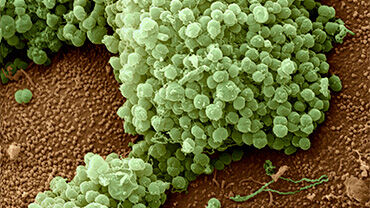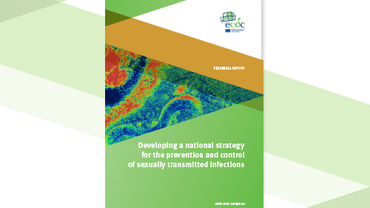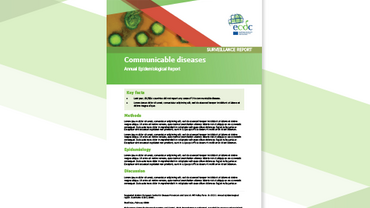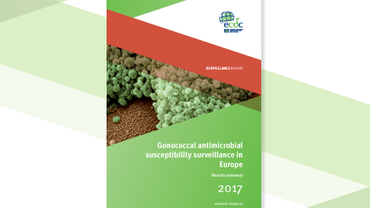Response plan to control and manage the threat of multi- and extensively drug-resistant gonorrhoea in Europe
ECDC reviewed the response plan and the 2019 update strives to further support EU Member States to develop and implement national strategies and interventions to control the threat of multidrug-resistant and extensively drug-resistant gonorrhoea in a multidisciplinary approach by outlining the suggested public health response to this threat with several vital components.
Executive Summary
Gonorrhoea is the second most notified sexually transmitted infection in the European Union and European Economic Area (EU/EEA) after chlamydia. The overall trend between 2008-2017 among 20 of the 28 EU/EEA countries consistently reporting, showed an increase in the number of notified gonorrhoea cases. In addition, over the past decades, Neisseria gonorrhoeae has developed antimicrobial resistance (AMR) to several antimicrobial classes.
Six years after the initial ECDC Response plan to control and manage the threat of multidrug-resistant gonorrhoea in Europe, the threat of untreatable gonorrhoea remains. ECDC reviewed the response plan and the 2019 update strives to further support EU Member States to develop and implement national strategies and interventions to control the threat of multidrug-resistant and extensively drug-resistant gonorrhoea in a multidisciplinary approach by outlining the suggested public health response to this threat with several vital components.
Preventing the emergence and spread of AMR in N. gonorrhoeae is just one aspect of gonorrhoea control: as part of comprehensive management strategies including appropriate treatment, diagnostics and testing algorithms (e.g., three-site testing in men who have sex with men), test of cure, notification and treatment of partners, enhanced focus on risk groups and STI prevention measures, including advocating for increased condom use.
Download
Read more
Toolkit
Response plan to control and manage the threat of multidrug-resistant gonorrhoea in Europe
This response plan is designed to prevent the spread of multidrug-resistant Neisseria gonorrhoeae (MDR NG) in the EU/EEA in the context of the possible emergence of untreatable gonorrhoea










